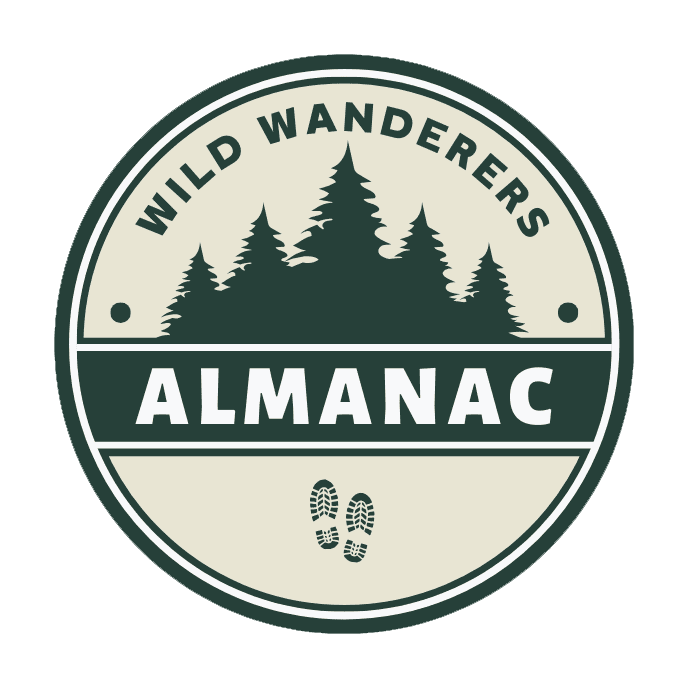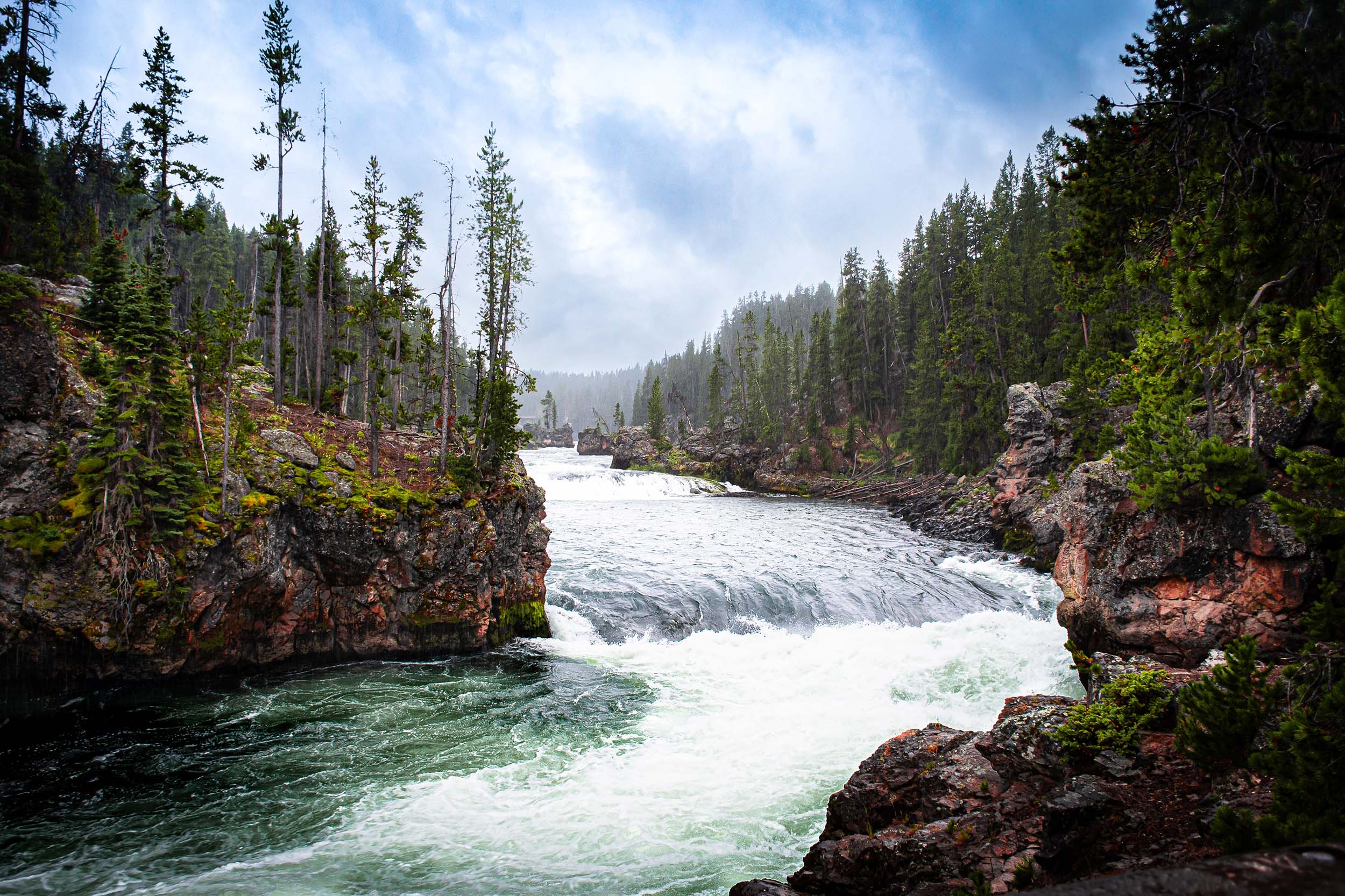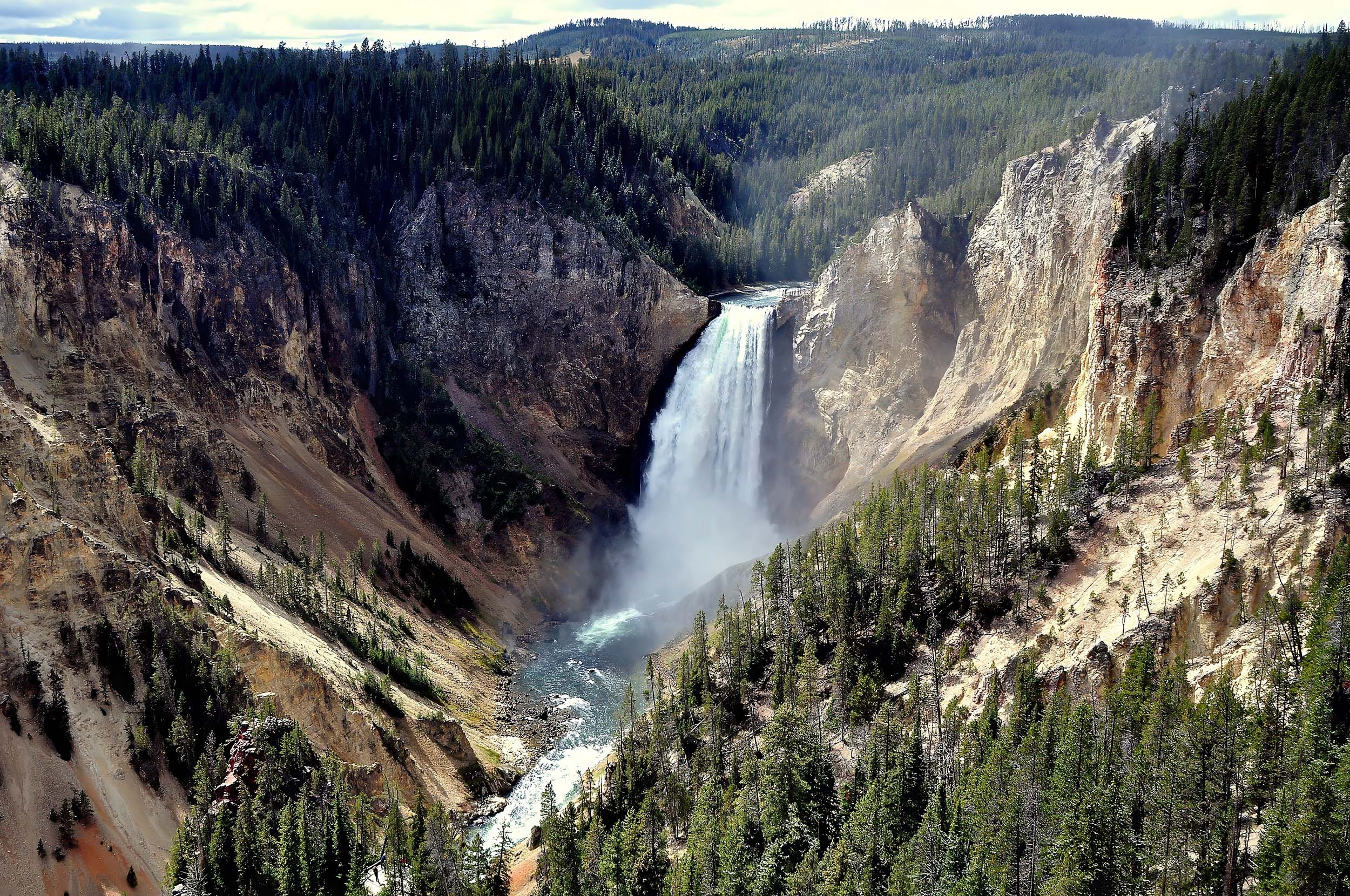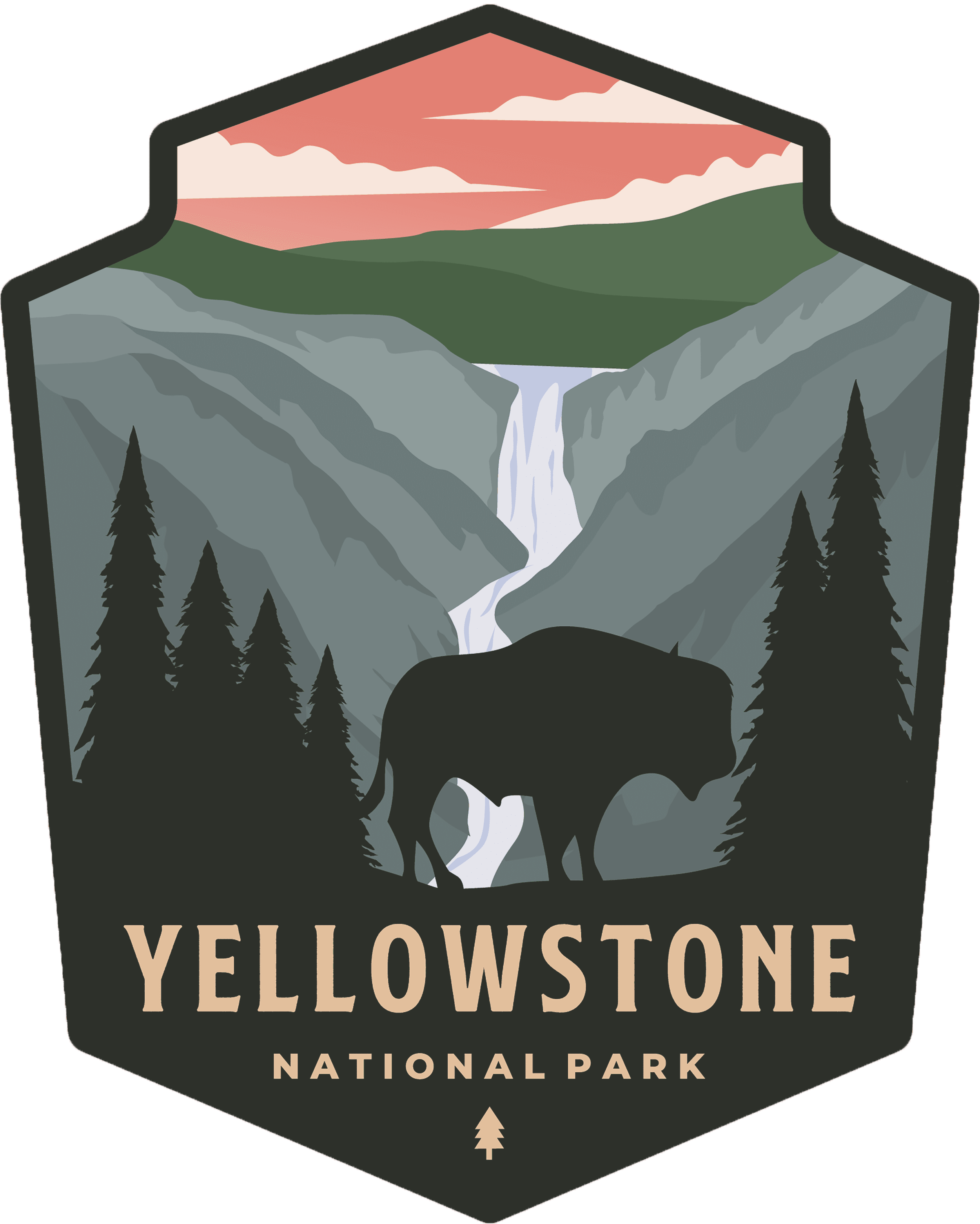
Yellowstone National Park
Yellowstone National Park, established in 1872 as the first national park in the world, is a geological wonder located primarily in Wyoming, though it also extends into Montana and Idaho. Known for its geothermal features, such as the iconic Old Faithful geyser, Yellowstone boasts over half of the world’s active geysers, hot springs, and fumaroles. The park’s diverse ecosystems, ranging from lush forests to dramatic canyons, are home to a rich variety of wildlife, including bison, elk, wolves, and grizzly bears. Yellowstone is not only a natural beauty but also a hub for outdoor activities like hiking, wildlife viewing, and camping, drawing millions of visitors each year to experience its unique landscape and rich histor
Park Information Quick Facts
Location: Wyoming
Park Size: 2,221,766 Acres
Time Needed: 2-5 days
Best Season: Summer
Must Do: See Old Faithful
Pro Tips: Bring layers of clothing to prepare for the park’s unpredictable weather. Even in summer, temperatures can vary widely throughout the day.
Visitor Centers
Yellowstone National Park has several visitor centers spread throughout its vast landscape, each offering a unique experience and essential services for visitors. The Albright Visitor Center, located near the park’s North Entrance in Mammoth Hot Springs, is one of the most popular. It features exhibits on the park’s history, geology, and wildlife, as well as a bookstore and information desk to help plan your visit. The center also offers interactive displays about Yellowstone’s role in the creation of the National Park Service and the park’s rich cultural heritage. It’s a great starting point for learning about the park’s iconic features and picking up trail maps and advice from knowledgeable rangers.
Another key visitor center is the Old Faithful Visitor Education Center, which provides insight into the park’s geothermal activity, including the famous Old Faithful geyser. Here, visitors can find informative exhibits about the geothermal processes that create the park’s geysers, hot springs, and fumaroles, along with real-time predictions for geyser eruptions. This visitor center also offers a large gift shop and restrooms, making it a convenient stop after watching the eruption of Old Faithful. Additionally, the Grant Village Visitor Center near Yellowstone Lake and the Canyon Visitor Education Center in the Yellowstone River Canyon offer more specialized exhibits and information about their respective areas, enhancing the overall experience by educating visitors on the park’s diverse ecosystems and geology.
Plan Your Yellowstone Adventure Today!
Planning a trip to Yellowstone National Park requires careful consideration of the park’s vastness and the range of activities available. Start by deciding the best time to visit—summer is the most popular season, offering access to all roads and accommodations, but spring and fall can offer fewer crowds and unique wildlife sightings. Make sure to book accommodations or campsites well in advance, especially during peak months, as spots fill up quickly. Since the park spans over 2.2 million acres, it’s helpful to plan your visit around specific areas, like the geothermal wonders in the Old Faithful area or wildlife viewing in Lamar Valley. Be prepared for changing weather by packing layers, and consider using the park’s visitor centers to gather maps, tips, and information about trail conditions and special ranger-led programs. Lastly, stay aware of park rules and regulations, such as respecting wildlife and staying on marked paths, to ensure both your safety and the preservation of this stunning natural wonder.
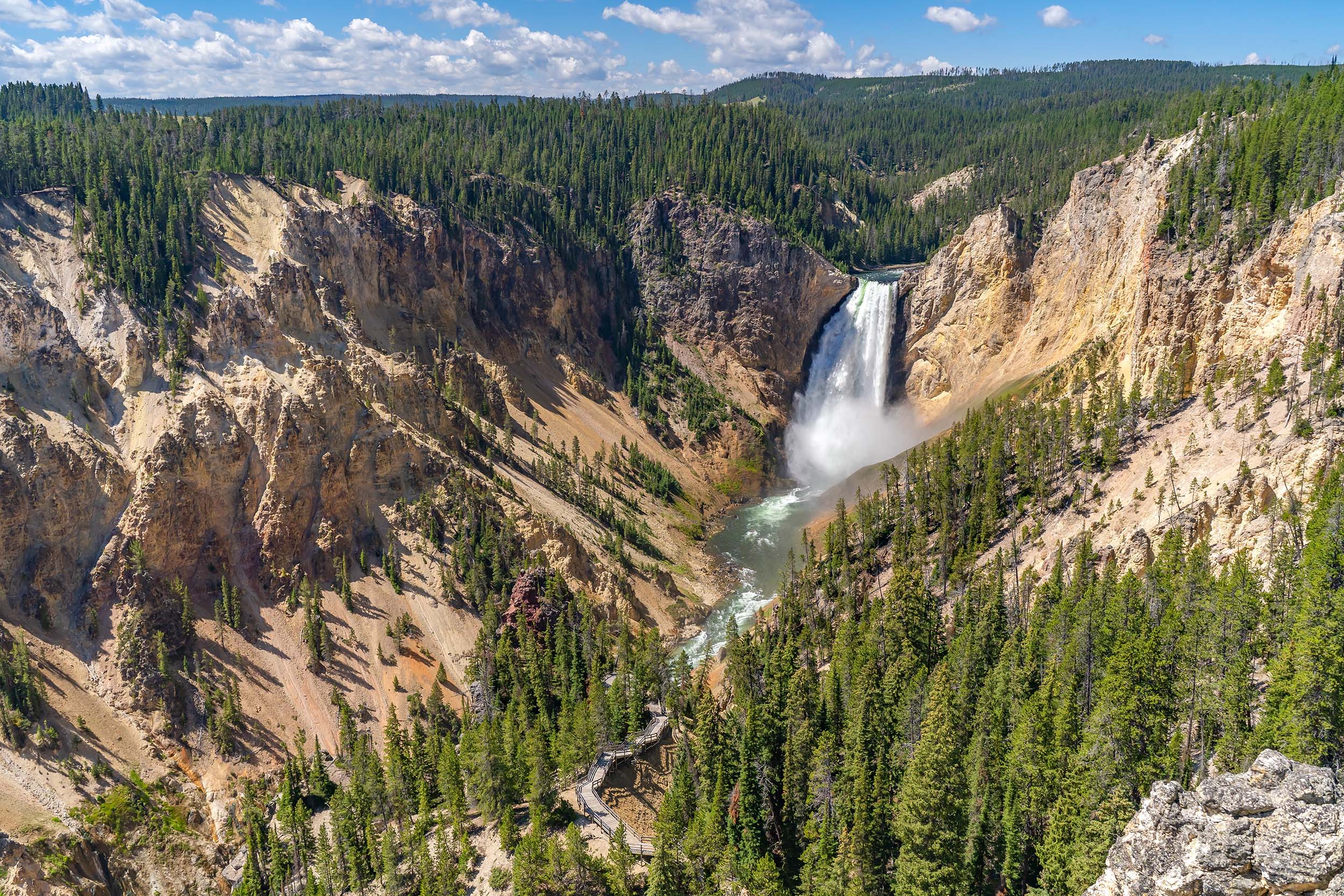
Getting There
How to Travel to Yellowstone National Park
Getting to Yellowstone National Park is relatively straightforward, with several options for reaching the park by car, plane, or even bus. The park is located in the northwest corner of Wyoming, though it also extends into Montana and Idaho. If you’re driving, the most common route is through U.S. Highway 191 from the south or U.S. Highway 89 from the north. The park has five entrances: North Entrance (Gardiner, Montana), Northeast Entrance (Silver Gate and Cooke City, Montana), East Entrance (Cody, Wyoming), South Entrance (Jackson, Wyoming), and West Entrance (West Yellowstone, Montana). Each entrance provides access to different parts of the park, so planning your route based on the areas you want to visit is key.
If you prefer to fly, the nearest major airport to Yellowstone is Bozeman Yellowstone International Airport (BZN) in Montana, about 90 miles north of the park’s North Entrance. Other nearby airports include Jackson Hole Airport (JAC) in Wyoming, located near the South Entrance, and Yellowstone Regional Airport (COD) in Cody, Wyoming, which is accessible via the East Entrance. Once you arrive at the airport, car rentals are available for the drive into the park, and shuttle services or guided tours are also an option. Be sure to check the weather conditions before traveling, as snow and road closures can impact access, especially during the winter months.
For those looking for a more eco-friendly option or without a personal vehicle, bus services are available to Yellowstone from nearby cities such as Bozeman, Billings, and Jackson. These services generally run seasonally and provide transportation to the park’s main entrances, allowing visitors to explore the park’s highlights without the need for a car. While buses are convenient, having a car offers more flexibility and access to the park’s more remote areas. Whether traveling by car, plane, or bus, be sure to plan your trip ahead of time to ensure smooth access to the park, especially during the busy summer months when Yellowstone experiences heavy visitation.
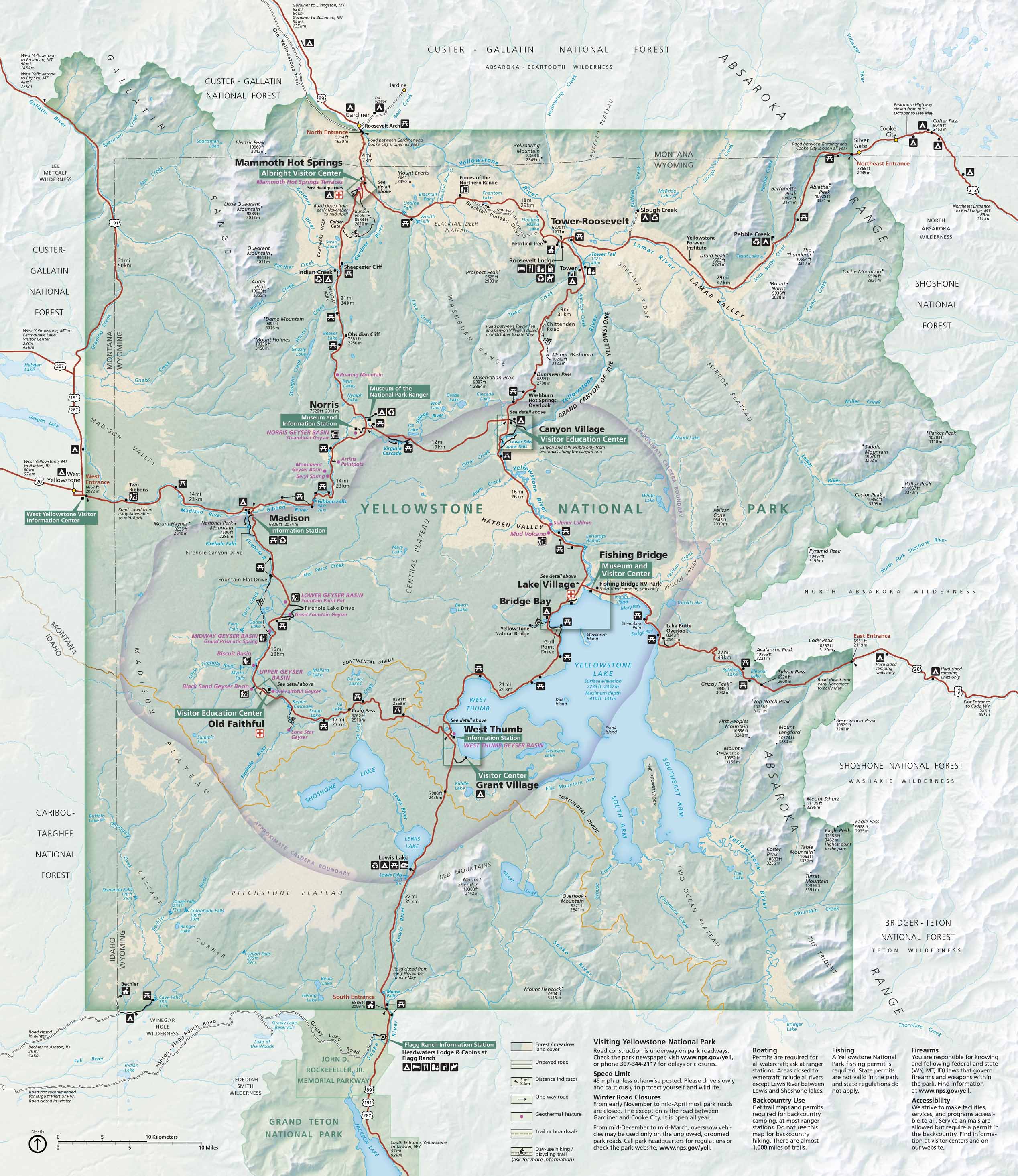
Camping
Madison Campground
- Location: Near the West Entrance, close to Madison Junction
- Amenities: Flush toilets, potable water, picnic tables, fire pits
- Notes: Popular due to its proximity to the West Entrance and Yellowstone’s geothermal features, like Old Faithful. It has 278 sites, with some available by reservation. It’s open from mid-April to mid-November.
Grant Village Campground
- Location: Near Yellowstone Lake, South Entrance
- Amenities: Flush toilets, potable water, picnic tables, fire pits, amphitheater
- Notes: A large campground with 428 sites, it’s ideal for visiting Yellowstone Lake, fishing, and exploring the southern portion of the park. It’s open from late June to September, and reservations are available for a portion of the sites.
Canyon Campground
- Location: Near the Grand Canyon of the Yellowstone, in the park’s central area
- Amenities: Flush toilets, potable water, picnic tables, fire pits, laundry facilities
- Notes: This campground has 273 sites and is a great base for exploring the canyon area, waterfalls, and hiking trails. Open from mid-June to mid-September.
Northeast Entrance - Slough Creek Campground
- Location: Near the Northeast Entrance, off the Lamar Valley
- Amenities: Pit toilets, picnic tables, fire rings
- Notes: This is a more rustic, less developed campground with 16 sites, ideal for those wanting a quieter, more remote experience. Open from late June to early September.
Tower Fall Campground
- Location: Near Tower Fall, in the northern part of the park
- Amenities: Flush toilets, potable water, picnic tables, fire pits
- Notes: This smaller campground has 32 sites and is great for accessing the Tower-Roosevelt area and nearby hiking trails. Open from mid-June to mid-September.
Lake Campground
- Location: Near Yellowstone Lake, East side of the park
- Amenities: Flush toilets, potable water, picnic tables, fire rings
- Notes: A great spot for those visiting the lake, this campground has 85 sites and is open from late June to mid-September.
Lewis Lake Campground
- Location: South of Yellowstone Lake, near the South Entrance
- Amenities: Flush toilets, potable water, picnic tables, fire rings
- Notes: A more peaceful, remote campground with 85 sites. Open from late June to mid-September, it’s perfect for visitors wanting to experience the southern portion of the park.
Pebble Creek Campground
- Location: Near the Northeast Entrance, in the Lamar Valley
- Amenities: Pit toilets, picnic tables, fire rings
- Notes: A small, primitive campground with 27 sites, ideal for campers seeking a more rugged experience. Open from late June to early September.
Bridge Bay Campground
- Location: On the shore of Yellowstone Lake, in the park’s central area
- Amenities: Flush toilets, potable water, showers, laundry facilities, amphitheater
- Notes: One of the larger campgrounds with 432 sites, Bridge Bay is a popular base for fishing, boating, and exploring the lake area. Open from late June to mid-September.
Backcountry Camping
- Location: Throughout Yellowstone
- Amenities: None (primitive camping)
- Notes: For those looking to immerse themselves in nature, backcountry camping is available with a permit. Sites are scattered across the park, and campers can choose remote areas for hiking and wilderness experiences. Open year-round with permit reservations required.
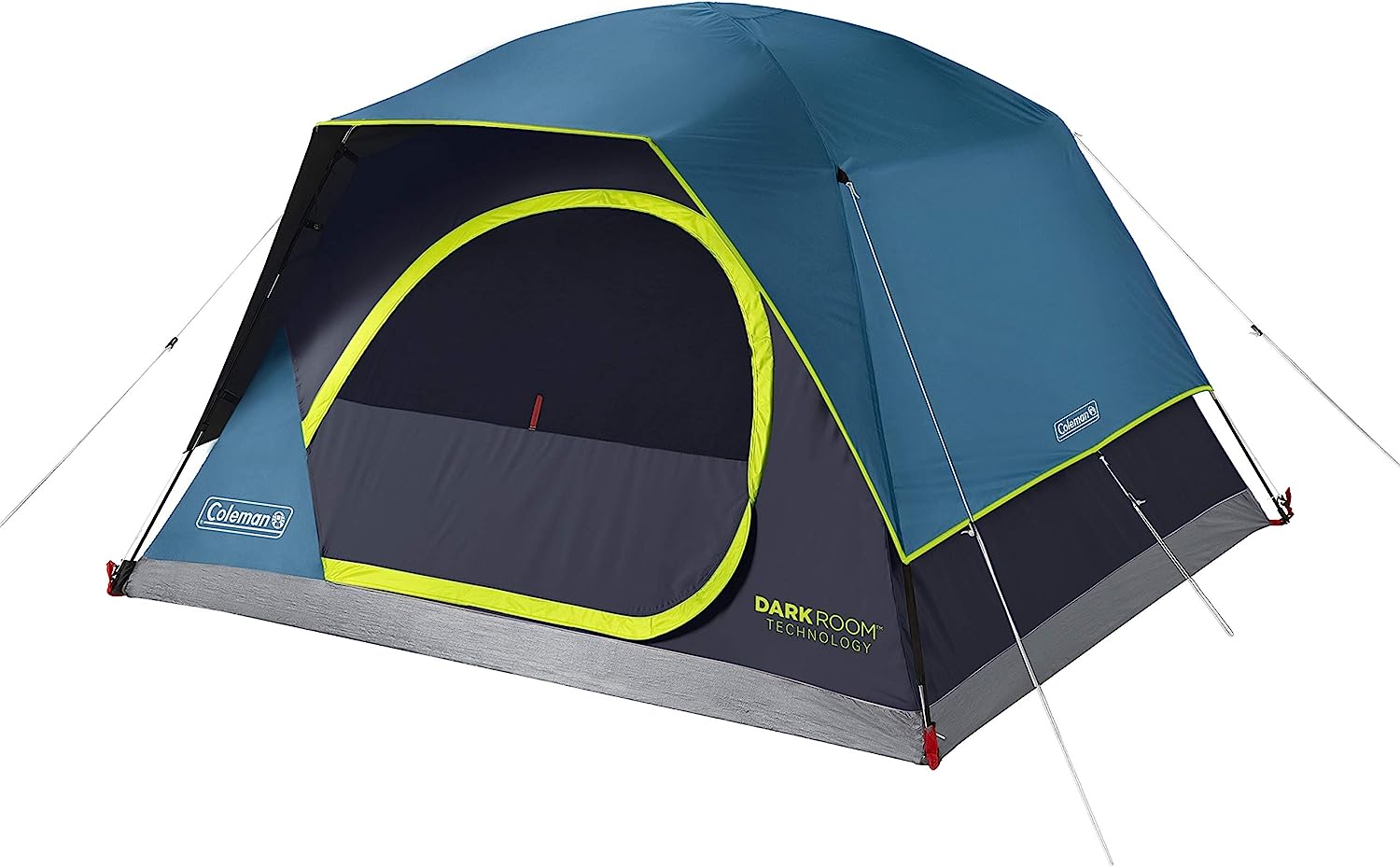
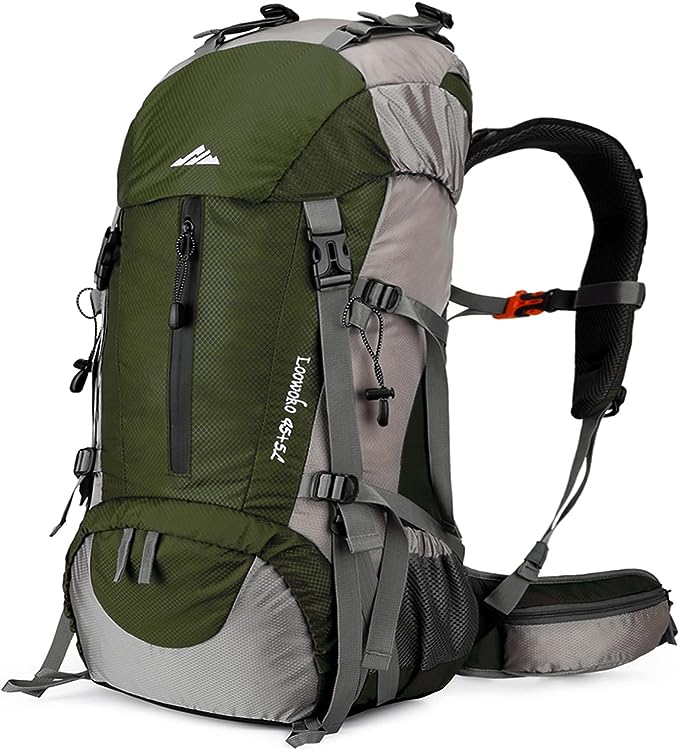
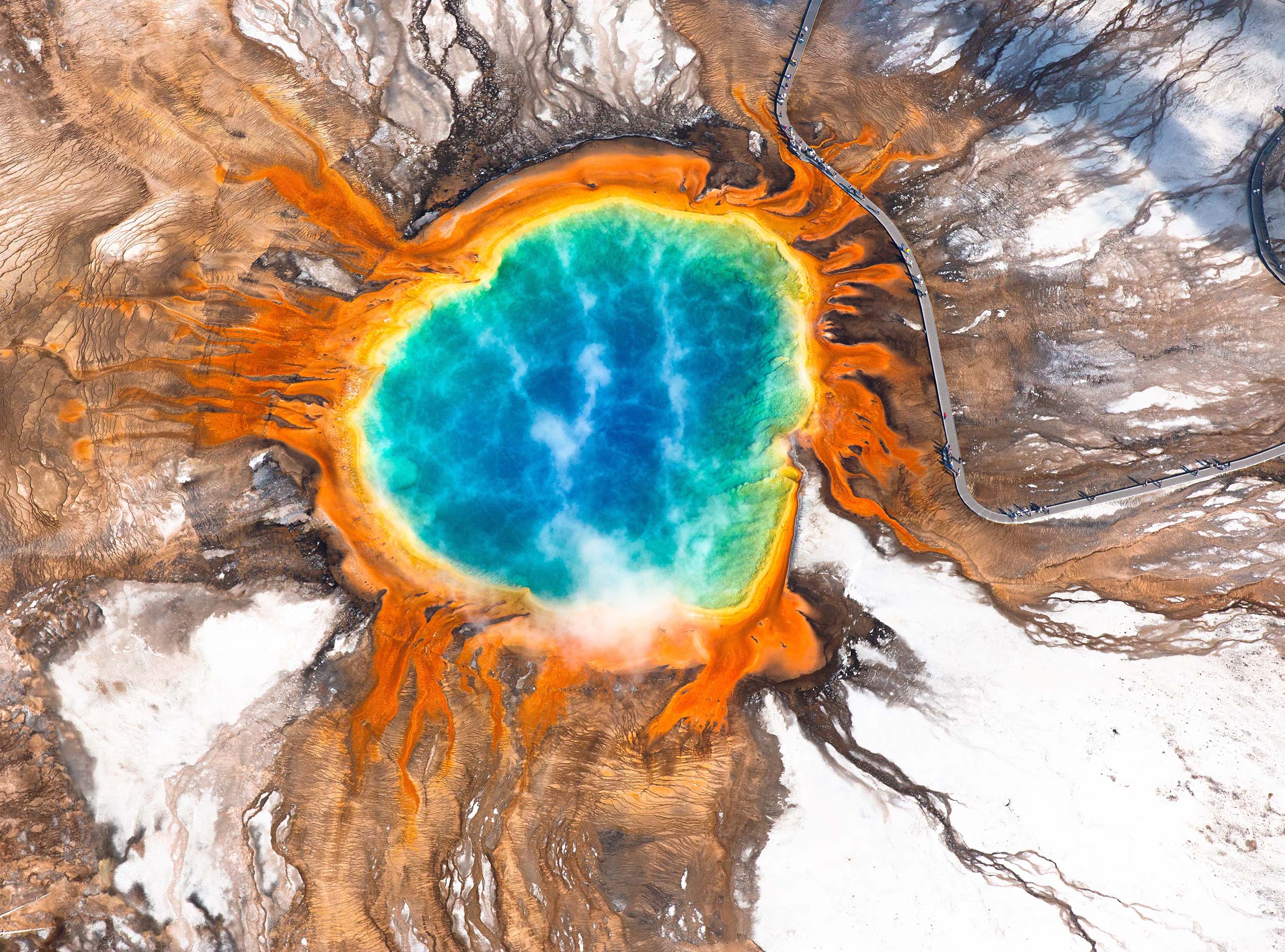
Popular Hiking Trails
Lone Star Geyser Trail
- Distance: 4.8 miles (round trip)
- Difficulty: Moderate
- Location: Near the Firehole River
- Features: This trail leads to the Lone Star Geyser, which erupts every 3 hours or so, providing a great opportunity to watch an active geyser in a more secluded area. The trail is mostly flat with a few moderate sections and offers scenic views of the Firehole River.
Uncle Tom’s Trail
- Distance: 0.6 miles (round trip)
- Difficulty: Moderate
- Location: Canyon Village, near the Grand Canyon of the Yellowstone
- Features: A short but steep descent to a viewpoint overlooking the Lower Falls of the Yellowstone River. The trail has over 300 steps down to the viewpoint, offering one of the best views of the iconic waterfall. The return climb can be challenging but is well worth the effort for the view.
Bunsen Peak Trail
- Distance: 4.0 miles (round trip)
- Difficulty: Moderate
- Location: Near Mammoth Hot Springs
- Features: Bunsen Peak offers one of the best panoramic views in the park. The trail ascends steadily to the summit, where hikers can enjoy breathtaking views of the Gardiner River, Lamar Valley, and surrounding mountains. This trail provides a moderate challenge with spectacular rewards at the top.
Grand Canyon of the Yellowstone South Rim Trail
- Distance: 6.0 miles (round trip)
- Difficulty: Moderate
- Location: Canyon Village
- Features: This trail provides a beautiful view of the Grand Canyon of the Yellowstone and the Lower Falls. It’s a relatively easy hike with several viewpoints along the way, giving hikers plenty of opportunities to take in the stunning landscapes and photography-worthy views.
Blacktail Plateau Drive
- Distance: 6.0 miles (loop)
- Difficulty: Easy to moderate
- Location: Near Lamar Valley
- Features: Though technically a drive, this route offers an opportunity for hiking along the road, where visitors can explore the plateau, offering sweeping views and potential wildlife sightings. There are a few short trails along the route, providing a chance to stretch your legs and enjoy the area on foot.
Mount Washburn Trail
- Distance: 6.0 miles (round trip)
- Difficulty: Moderate to strenuous
- Location: Near Tower Junction
- Features: This hike takes you to the top of Mount Washburn, providing panoramic views of Yellowstone’s valleys, geysers, and mountains. The trail is relatively steep and exposed, so it’s important to be prepared for changing weather conditions, but the summit offers stunning 360-degree vistas.
Fairy Falls Trail
- Distance: 5.4 miles (round trip)
- Difficulty: Moderate
- Location: Near Midway Geyser Basin
- Features: This trail leads to Fairy Falls, a beautiful 200-foot waterfall. Along the way, hikers can enjoy views of the Grand Prismatic Spring and the surrounding geothermal features. The trail is mostly flat, with a few gentle inclines, making it a great choice for those looking for a less strenuous hike.
The Yellowstone River Picnic Area Trail
- Distance: 2.4 miles (round trip)
- Difficulty: Easy
- Location: Near Canyon Village
- Features: This easy, short trail offers views of the Yellowstone River and its surrounding landscapes. It’s a great option for families or those looking for a more relaxing hike while still enjoying the natural beauty of the park.
Wraith Falls Trail
- Distance: 1.0 mile (round trip)
- Difficulty: Easy
- Location: Northeast of the Lamar Valley
- Features: A short and easy trail that leads to the picturesque Wraith Falls. This is an excellent option for those with limited time or those looking for a simple hike with a beautiful waterfall at the end.
Mystic Falls Trail
- Distance: 2.4 miles (round trip)
- Difficulty: Moderate
- Location: Near Midway Geyser Basin
- Features: This trail offers a scenic hike to Mystic Falls, a 70-foot waterfall. Along the way, hikers can enjoy views of the Firehole River and surrounding geothermal features. The trail includes a moderate ascent, making it a great option for those looking to experience both water and geothermal sights.
Hiking Trails in Yellowstone National Park
Hiking in Yellowstone National Park is a remarkable way to explore the park’s diverse landscapes, ranging from geothermal wonders to towering peaks and scenic valleys. With over 1,000 miles of trails, hikers of all experience levels can find a trail that suits their interests and abilities. For those looking for a short, easy stroll, there are plenty of options, such as the Wraith Falls Trail, which leads to a beautiful waterfall, or the Mystic Falls Trail, which offers a picturesque view of both the falls and the surrounding geothermal features. These trails provide an introduction to the park’s natural beauty without requiring a strenuous effort, making them perfect for families and casual hikers.
For more seasoned hikers seeking a challenge, Yellowstone offers several strenuous trails that provide stunning views and a sense of accomplishment. The Mount Washburn Trail, for example, is a popular hike that takes you to the top of one of the park’s highest peaks. From the summit, hikers are rewarded with sweeping 360-degree views of the park’s valleys, geysers, and distant mountains. The Bunsen Peak Trail is another great option for those seeking an invigorating hike, offering panoramic views of the Gardiner River and Lamar Valley, areas rich in wildlife and geothermal features. These longer, more difficult hikes not only offer physical challenges but also provide a deeper connection to Yellowstone’s remote beauty.
In addition to its physical challenges and scenic rewards, hiking in Yellowstone allows visitors to experience the park’s diverse ecosystems up close. As you hike, you may pass through lush forests, across meadows teeming with wildflowers, or along the banks of rushing rivers. Many trails offer chances to spot wildlife, including bison, elk, bears, and wolves, especially in areas like Lamar Valley and Hayden Valley. Whether you are on a short day hike or embarking on a more strenuous backcountry adventure, hiking in Yellowstone allows you to immerse yourself in the park’s stunning natural beauty while discovering its rich geological history, unique ecosystems, and abundant wildlife.
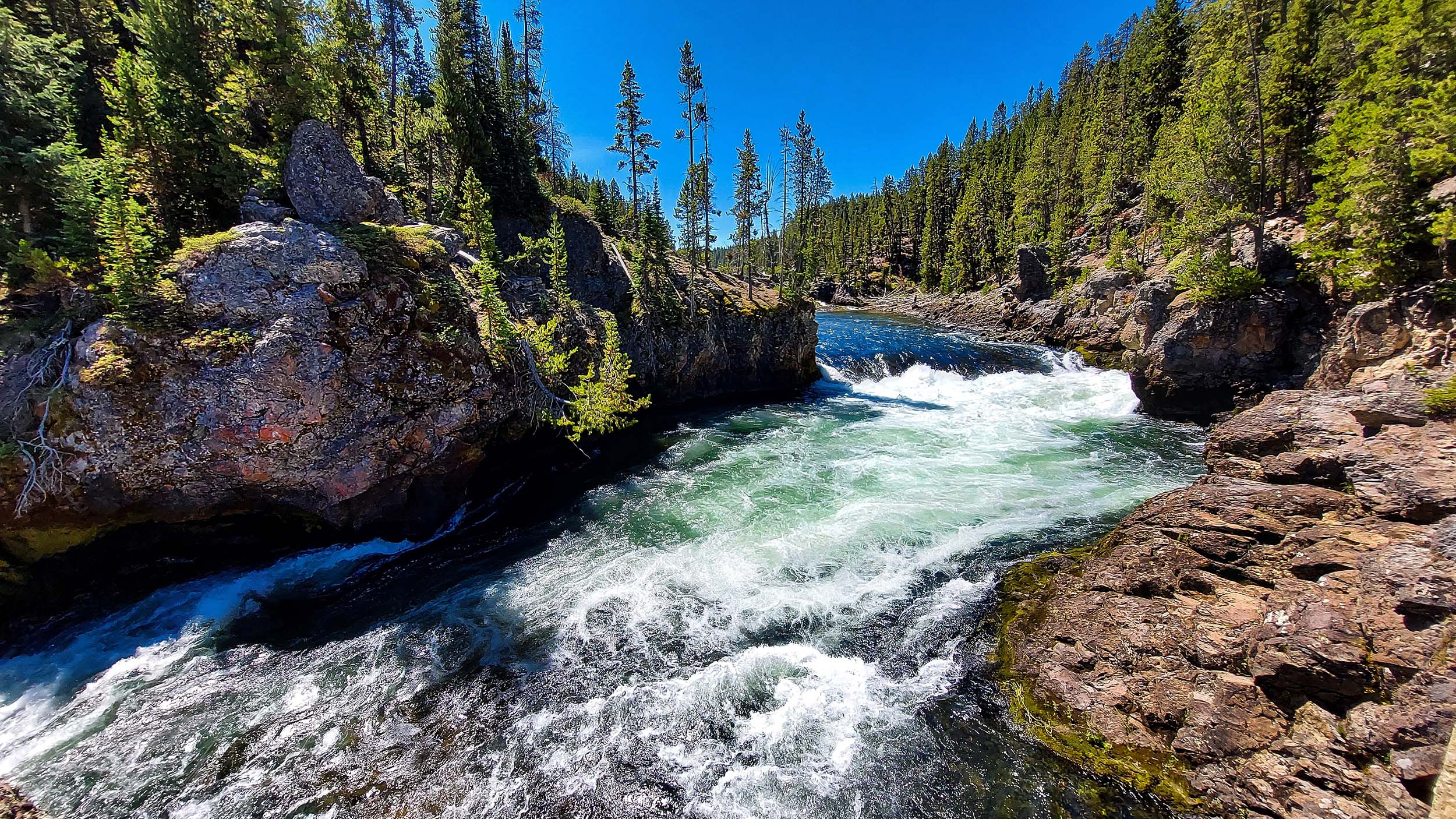
Wildlife at the Park
Yellowstone National Park is renowned for its rich and diverse wildlife, making it one of the premier destinations for animal enthusiasts. The park is home to an array of species, including large mammals like bison, elk, moose, and bears. Bison, often seen grazing in meadows or wandering along park roads, are perhaps the most iconic wildlife in Yellowstone, and they roam freely in herds, adding to the park’s wild, untamed atmosphere. Elk are also abundant, especially in the park’s meadows, where they can often be spotted at dawn or dusk. The park is one of the few places where visitors can witness large herds of these majestic animals in their natural habitat, and the sight of elk calves in spring is a highlight for many.
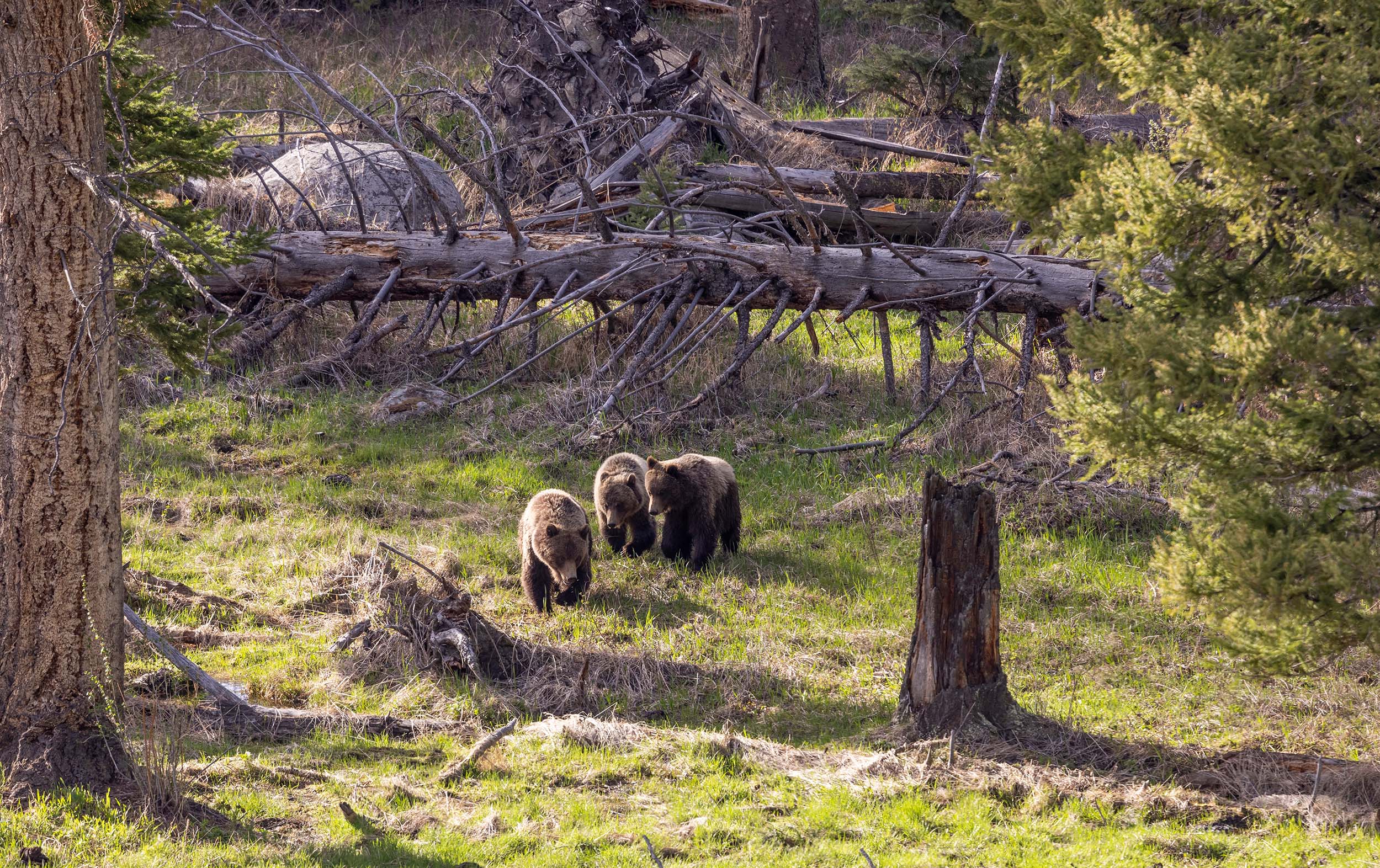
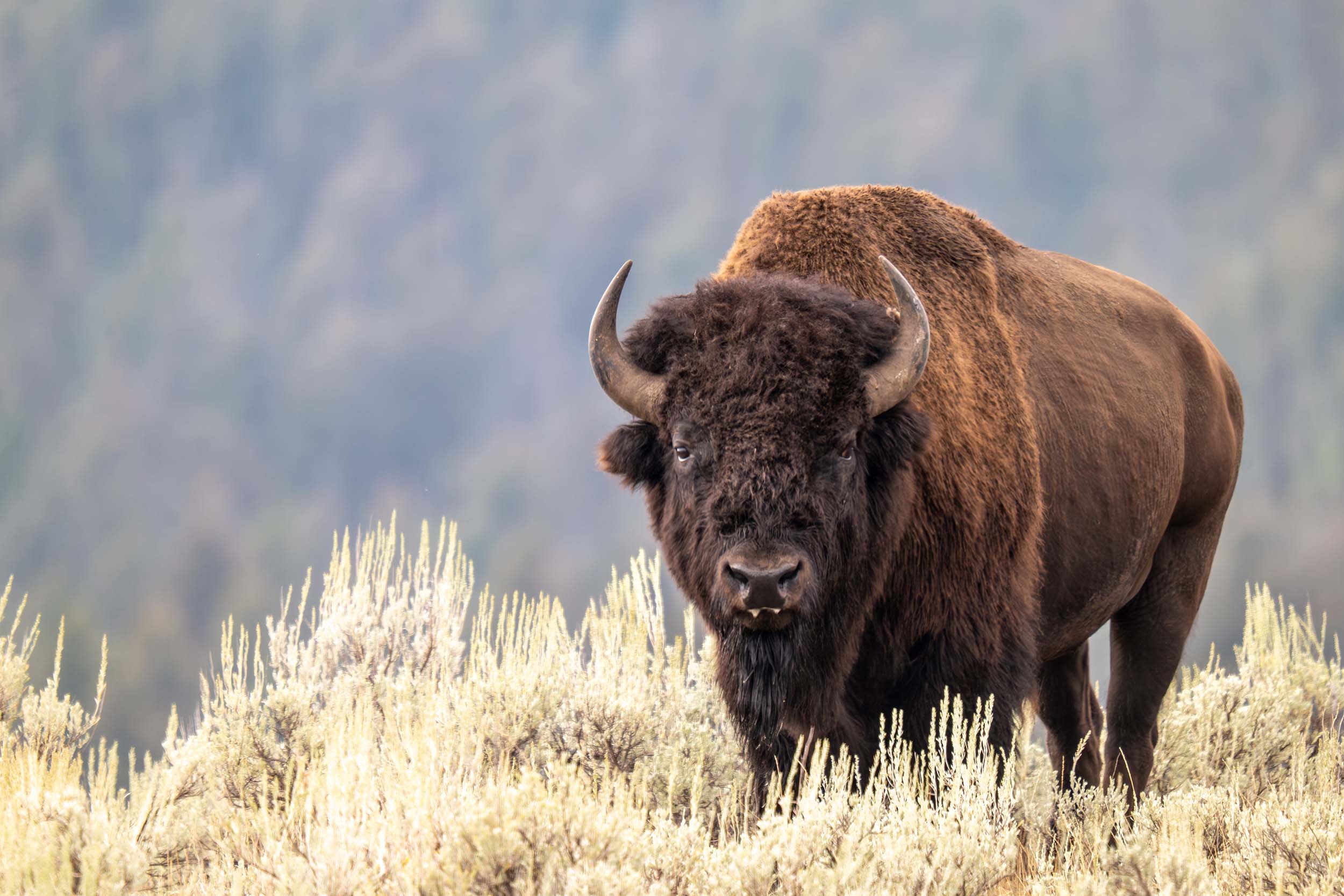
In addition to its impressive large mammals, Yellowstone is home to a wide variety of predators. Gray wolves, which were reintroduced to the park in the mid-1990s, have made a remarkable recovery and now play an important role in the park’s ecosystem by helping to regulate populations of other animals, such as elk. Grizzly bears and black bears are also common in the park, especially in the more remote backcountry areas. These predators can be seen foraging for berries or fishing in the rivers, but visitors should always keep a safe distance and follow park guidelines for bear safety. The chance to observe these apex predators in the wild is one of the many draws for visitors.
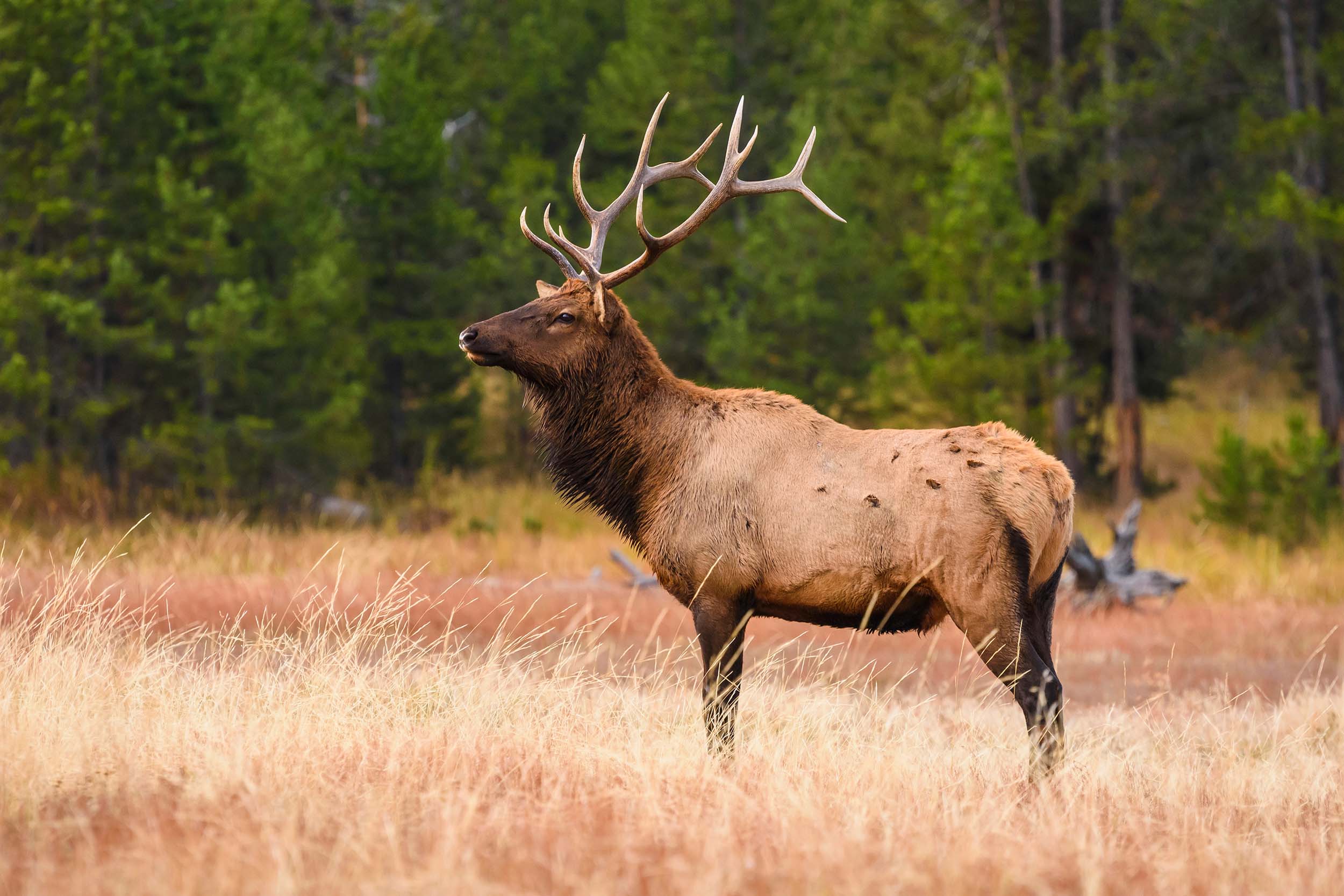
Gear We Used

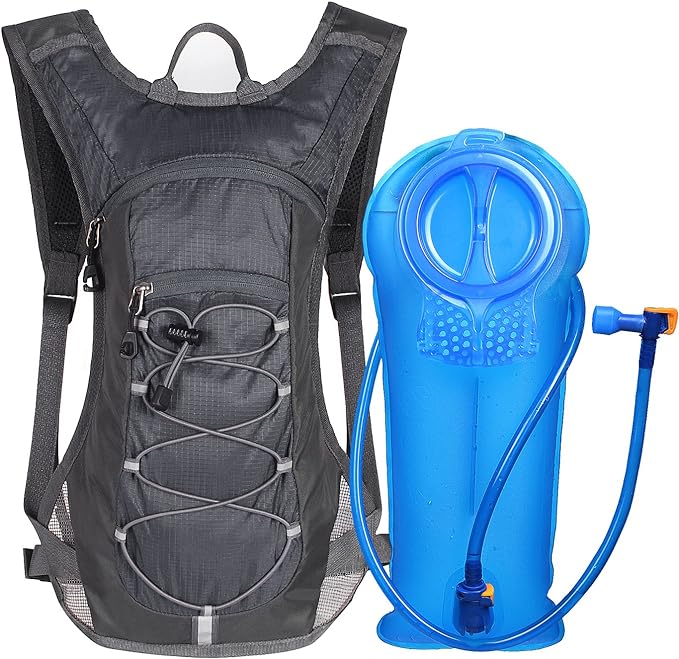
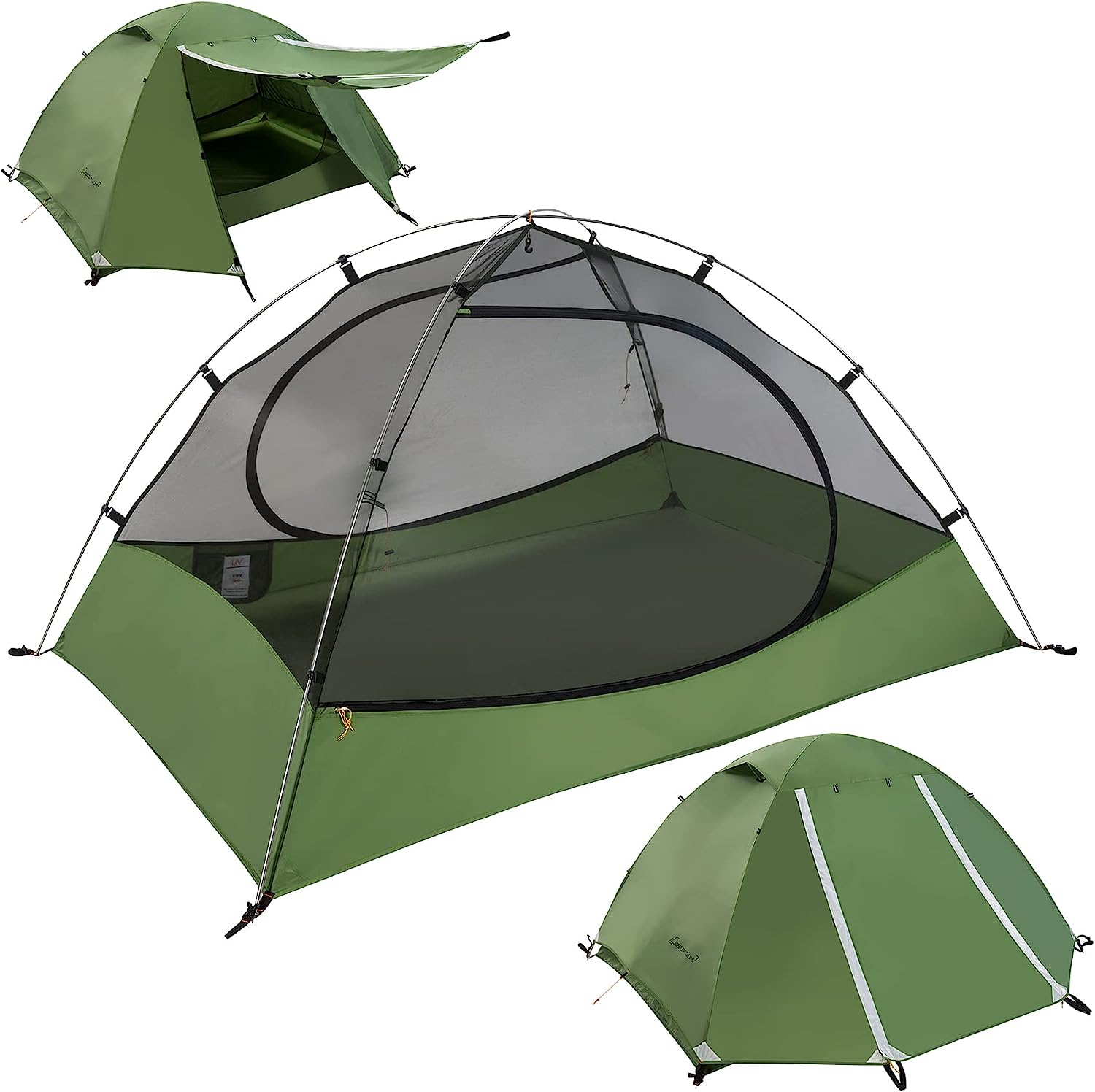
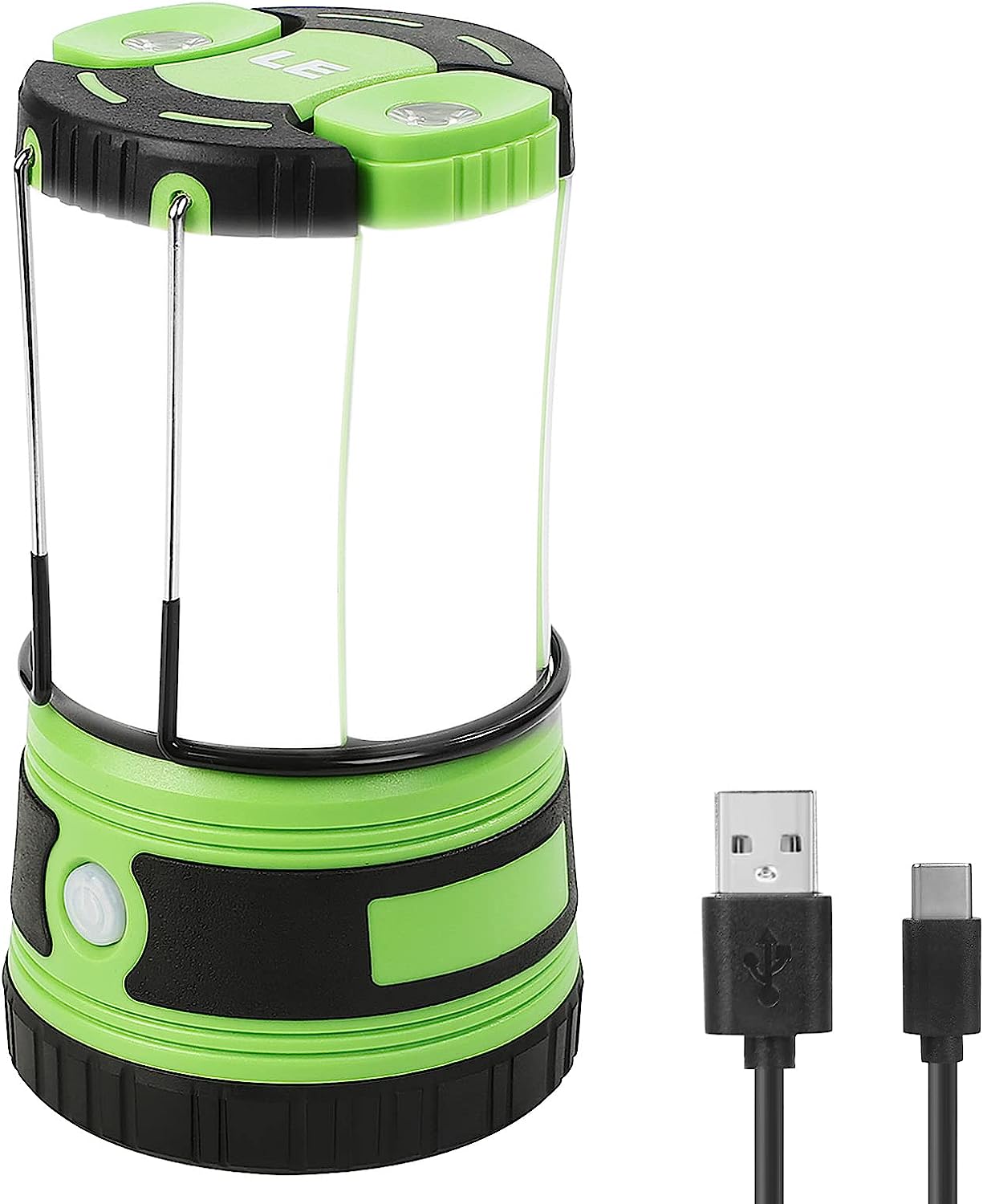

Must-Do Activities
Hike to the Grand Canyon of the Yellowstone
A visit to the Grand Canyon of the Yellowstone is another highlight, where you can take in spectacular views of the Lower Falls, which plunges 308 feet. The canyon is a stunning natural wonder, and there are several trails, such as Uncle Tom’s Trail and the South Rim Trail, that offer different perspectives of the falls and the surrounding colorful canyon walls. Whether you’re looking for a short, easy walk or a more strenuous hike, this is an essential part of the Yellowstone experience.
Watch an Old Faithful Eruption
No trip to Yellowstone is complete without witnessing the iconic eruption of Old Faithful, one of the world’s most famous geysers. Located in the Upper Geyser Basin, Old Faithful erupts approximately every 90 minutes, shooting hot water and steam high into the air. The eruption is a must-see spectacle that offers an unforgettable experience. Visitors can enjoy the eruption from the nearby viewing area, and explore other geothermal features in the area like Castle Geyser and Grand Prismatic Spring.
Explore Yellowstone’s Wildlife
Yellowstone is a prime location for spotting wildlife, especially in Lamar Valley and Hayden Valley, known for their abundant populations of bison, elk, wolves, and bears. Whether you’re hiking, driving, or simply stopping at designated viewpoints, be sure to keep your eyes peeled for these magnificent animals in their natural habitat. Early morning and late evening are often the best times for wildlife sightings, and binoculars can enhance the experience.
Yellowstone National Park History
Yellowstone National Park holds the distinction of being the first national park in the world, established on March 1, 1872, by U.S. President Ulysses S. Grant. The idea for creating a national park was largely inspired by the exploration and documentation of the area’s unique geothermal features, diverse wildlife, and stunning landscapes by artists and explorers, such as Ferdinand V. Hayden, who led an expedition in the early 1870s. The subsequent reports and artwork captivated the American public, leading to the establishment of the park. Yellowstone’s unique combination of geothermal activity, including geysers, hot springs, and fumaroles, combined with its biodiversity, made it a natural choice to be preserved for public enjoyment and scientific study.
The creation of Yellowstone marked the beginning of the conservation movement in the United States, as it was the first area set aside by the federal government for the preservation of natural beauty and scientific study. The park was initially managed by the U.S. Army, who were tasked with protecting the park’s resources from poachers and preserving its natural features. The Army was stationed at the park’s headquarters, located in Mammoth Hot Springs, until the early 20th century when it was transferred to the newly formed National Park Service in 1916, solidifying the park’s protection under federal authority and ensuring its continued preservation.
Throughout its history, Yellowstone has played a key role in shaping the conservation and national park system in the United States. Its designation as a national park set a precedent for the creation of other national parks, which would come to represent the U.S. commitment to preserving the nation’s natural wonders. Over time, Yellowstone has also become a center for scientific research, with studies on its geothermal activity, wildlife, and ecosystems providing valuable insights into conservation efforts worldwide. The park’s long-standing legacy continues to influence environmental policies and park management practices, ensuring that future generations can continue to experience the natural beauty that first captivated the world in the 19th century.
